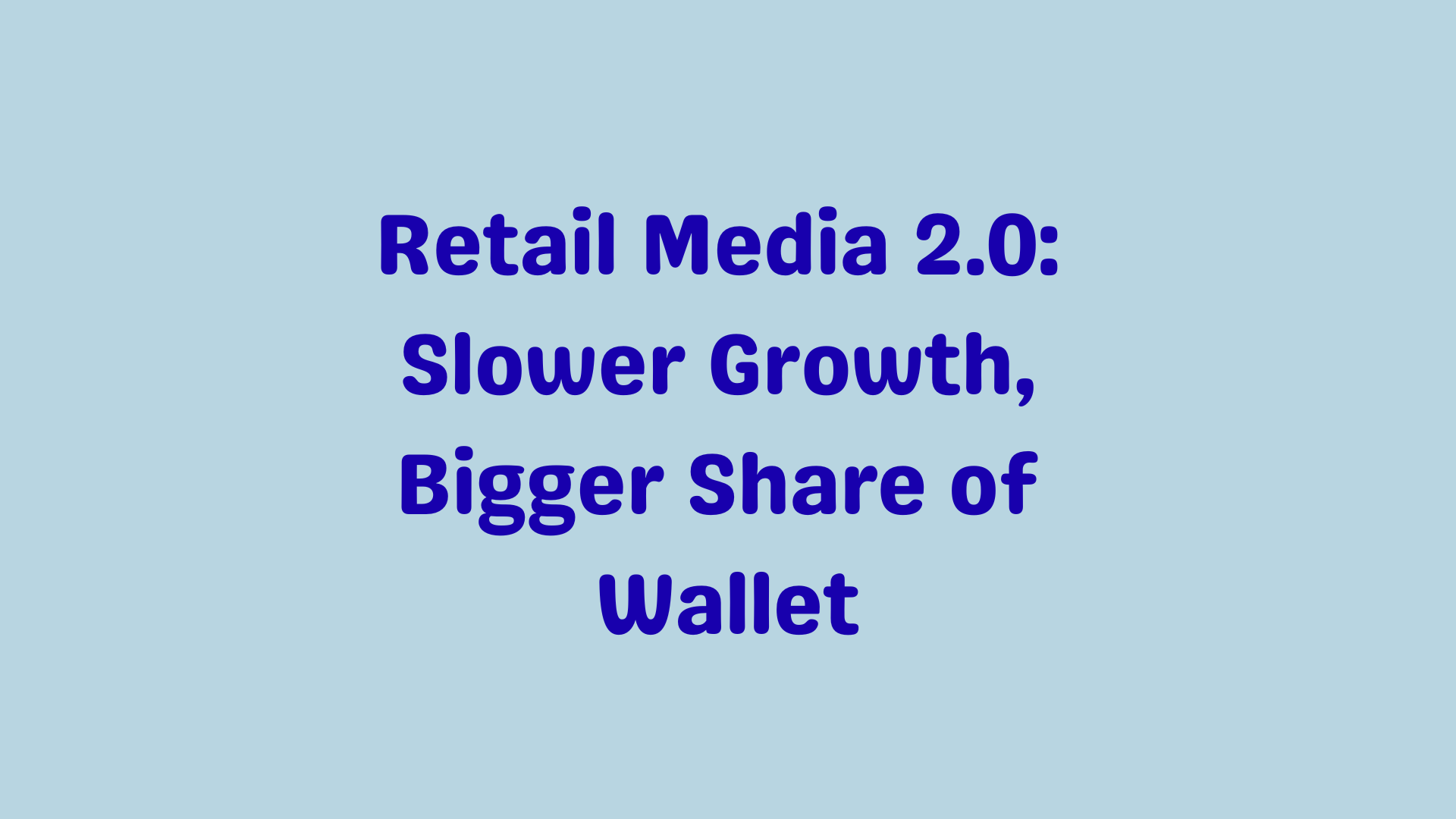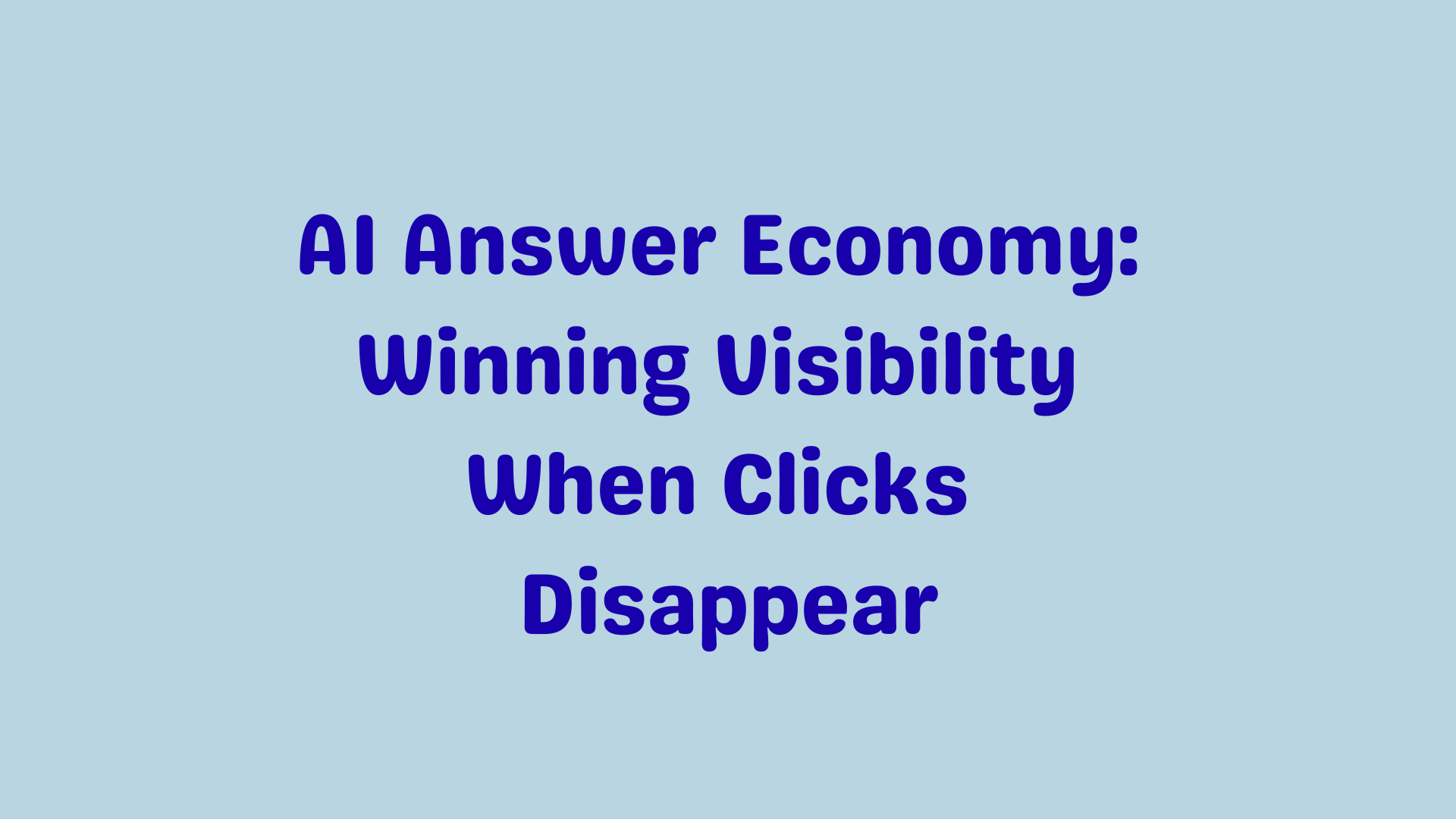Why ad dollars are shifting, who’s leading (U.S. & China), and what non-retail brands should know
Retail Media Keeps Winning — Even as Growth Eases
In 2025, retail media remains a digital ad ecosystem powerhouse — albeit with more measured gains. Global retail media ad spend is expected to hit $180 billion, rising around 15% year-over-year.
In the U.S. alone, ad spending is set to reach $62 billion, a $10 billion increase from the previous year, and accounting for roughly 35% of total global spend.
The U.S. and China dominate the scene, together representing over 80% of the worldwide retail media market.
Amazon Still Leads — but the Field Is Expanding
Amazon continues to be the undisputed leader. In 2024, it accounted for $56 billion in ad revenue, making up about 67% of the U.S. market and 73% in the U.K.
However, a growing number of players — Walmart, Target, Instacart, DoorDash, and even Costco — are gaining traction. For example, DoorDash Ads is expanding both on and off its platform, helping brands tap into a mix of first-party data and innovation.
Retailers are also extending beyond digital. Networks are increasingly investing in off-site placements and connected TV ads (CTV), contributing to a multi-channel presence beyond traditional sponsored listings.
What This Means for Non-Retail Brands
Non-retail brands (say, a beauty or tech DTC brand) still benefit heavily from retail media:
1. Strategic Placements at the Purchase Point
Retail media provides access to funnel-ready audiences. A viewer is just one click from adding your product to their cart — seamless conversion.
2. Leverage First-Party Data
Retailers capture the data you can’t—purchase history, loyalty info, and customer behavior. This allows precision targeting you simply can’t match elsewhere.
3. Diversify Your Bets
Put some budget into top retail channels (Amazon, Walmart), but don’t ignore emerging networks like DoorDash or Costco—especially if you want highly targeted, cost-efficient reach.
How to Win in the Slower-Growth Phase
Here are three grounded, real-world strategies for 2025:
- Be Strategic, Not Scared
Growth may be slower, but retail media remains sizable. Continue to invest—but smartly. Focus on ROI and measurability. - Push for Visibility Beyond the Retail Site
Offsite, CTV, and integrated formats are growing fast. Retailers are leaning into these new touchpoints — so should your media plan. - Demand Better Measurement
There’s more attention on measurement and transparency in 2025. Push for incrementality studies, third-party validation, and value beyond last-click attribution.
Final Thoughts: Retail Media Isn’t Slowing Down — It’s Evolving
Retail media is no longer a niche support channel. It’s a major pillar in modern digital ad strategies. Growth may have tapered, but its weight in ad budgets continues to rise — especially thanks to first-party data and measurable performance.
For non-retail brands, it’s not just about being present on these networks. It’s about becoming strategic partners — investing in formats that drive visibility and conversions, demanding transparency, and extending reach beyond the core marketplaces.
Brands that evolve with the terrain — by building partnerships, exploring new networks, and focusing on data-driven results — will be the ones maximizing their share of wallet in 2025 and beyond.



